Chapter Six: Business Planning and Development – Business Studies Form Two
Introduction
A great business idea is only the beginning. To transform that idea into a successful enterprise, careful planning and strategic development are essential. In this chapter, you will learn about the fundamentals of business planning, the components of a comprehensive business plan, and the steps involved in developing and growing a sustainable business. The competences developed will enable you to create effective business plans and guide your entrepreneurial ventures toward long-term success.
Think
Starting a journey without a map or destination in mind.
Activity 1: The Business Vision
Imagine you have identified a business opportunity in your community. Before starting, consider the following:
(a) What is your ultimate goal for this business?
(b) Where do you see your business in one year? Five years?
(c) What values will guide your business operations?
(d) How will you measure success?
The Concept of Business Planning
Business planning is the process of outlining the direction and objectives of a business, along with the strategies and actions needed to achieve them. It involves analyzing the current situation, setting goals, and determining the resources and steps required to turn business ideas into reality.
A business plan serves as a roadmap that guides entrepreneurs through the various stages of business development. It helps in securing funding, making informed decisions, and navigating challenges that may arise during business operations.
Importance of Business Planning
Effective business planning provides numerous benefits for entrepreneurs and their ventures:
1. Clear Direction
A business plan establishes clear goals and objectives, providing direction for all business activities.
2. Resource Management
It helps in identifying and allocating resources efficiently, preventing waste and optimizing utilization.
3. Risk Reduction
By anticipating potential challenges and developing contingency plans, business planning minimizes risks.
4. Funding Acquisition
Investors and lenders require comprehensive business plans before providing financial support.
5. Performance Measurement
It establishes benchmarks against which business performance can be measured and evaluated.
6. Strategic Decision-Making
A well-researched plan provides the information needed to make informed business decisions.
Components of a Business Plan
A comprehensive business plan typically includes the following key components:
1. Executive Summary
An overview of the entire business plan, highlighting key points and objectives. This section is often written last but appears first in the document.
2. Business Description
Detailed information about the business, including its legal structure, mission statement, and unique value proposition.
3. Market Analysis
Research on the industry, target market, competition, and market trends that affect the business.
4. Organization & Management
Details about the business organizational structure, management team, and human resource requirements.
5. Products or Services
Description of what the business sells, including features, benefits, and lifecycle of products or services.
6. Marketing & Sales Strategy
Plans for promoting the business, reaching customers, and generating sales.
7. Financial Projections
Estimates of revenue, expenses, cash flow, and profitability over a specific period.
8. Funding Request
If seeking financing, details about the amount needed, proposed use of funds, and preferred terms.
Steps in Business Planning
1. Idea Generation
Identify business opportunities based on market needs, personal skills, and available resources.
2. Market Research
Gather information about customers, competitors, and industry trends to validate the business idea.
3. Goal Setting
Establish specific, measurable, achievable, relevant, and time-bound (SMART) objectives.
4. Strategy Development
Create plans for marketing, operations, finance, and human resources to achieve business goals.
5. Resource Planning
Identify and allocate the financial, human, and physical resources needed for business operations.
6. Implementation
Put the plan into action, monitoring progress and making adjustments as needed.
7. Evaluation
Regularly assess business performance against established goals and modify the plan accordingly.
Business Development Strategies
Business development involves activities and initiatives that help grow a business and increase its value. Effective development strategies include:
| Strategy | Description | Benefits |
|---|---|---|
| Market Penetration | Selling more existing products in current markets | Increased market share, higher brand recognition |
| Market Development | Introducing existing products to new markets | Expanded customer base, reduced dependency on single market |
| Product Development | Creating new products for existing markets | Increased revenue streams, competitive advantage |
| Diversification | Introducing new products to new markets | Risk spreading, opportunities for innovation |
| Partnerships & Alliances | Collaborating with other businesses | Shared resources, expanded capabilities |
Case Study: Mama Nuru’s Catering Business
Mama Nuru started a small catering business from her home, specializing in traditional Tanzanian dishes. After one year of operation, she had built a loyal customer base but wanted to expand her business. She developed a business plan that included:
- Renting a commercial kitchen space
- Hiring two assistant cooks
- Developing a catering menu for corporate events
- Creating a marketing strategy targeting offices and event planners
- Securing a small business loan to fund the expansion
Within six months of implementing her plan, Mama Nuru’s monthly revenue increased by 150%, and she was able to repay her loan ahead of schedule.
Activity 2: Create a Mini Business Plan
Choose a business idea that interests you and develop a simplified business plan including:
(a) Business name and description
(b) Target market and customer profile
(c) Products or services offered
(d) Basic marketing strategy
(e) Startup costs and pricing strategy
(f) Short-term and long-term goals
Financial Planning for Business Development
Financial planning is a critical component of business development. It involves:
1. Startup Cost Estimation: Calculating all expenses required to launch the business
2. Revenue Forecasting: Projecting income based on market research and pricing strategy
3. Expense Budgeting: Planning for ongoing operational costs
4. Cash Flow Management: Ensuring adequate cash is available to meet financial obligations
5. Profitability Analysis: Determining when the business will become profitable
6. Funding Strategy: Identifying sources of capital and terms of financing
Exercise 1
1. Explain why a business plan is often called a “roadmap” for entrepreneurs.
2. Compare and contrast market penetration and market development strategies. Provide examples of each.
3. Identify three key components of a business plan that would be most important to potential investors and explain why.
Risk Management in Business Planning
Identifying and managing risks is essential for business sustainability. Common business risks include:
| Risk Category | Examples | Mitigation Strategies |
|---|---|---|
| Financial Risks | Cash flow problems, unexpected expenses, economic downturns | Maintain emergency fund, diversify income sources, control costs |
| Operational Risks | Supply chain disruptions, equipment failure, staffing issues | Have backup suppliers, regular maintenance, cross-training staff |
| Market Risks | Changing customer preferences, new competitors, price wars | Continuous market research, product innovation, customer loyalty programs |
| Compliance Risks | Regulatory changes, licensing requirements, tax obligations | Stay informed about regulations, consult professionals, maintain accurate records |
Skills Lab Activity: Risk Assessment
Select a business idea and identify five potential risks it might face. For each risk, develop a mitigation strategy. Present your findings to the class.
Project Activity: Business Plan Development
In groups, develop a comprehensive business plan for a hypothetical business. Include all key components discussed in this chapter. Present your business plan to a “panel of investors” (your classmates and teacher).
Chapter Summary
1. Business planning is the process of defining business goals and determining the strategies and resources needed to achieve them.
2. A comprehensive business plan includes an executive summary, business description, market analysis, organization details, product information, marketing strategy, financial projections, and funding requests.
3. The business planning process involves idea generation, market research, goal setting, strategy development, resource planning, implementation, and evaluation.
4. Business development strategies include market penetration, market development, product development, diversification, and partnerships.
5. Financial planning encompasses startup cost estimation, revenue forecasting, expense budgeting, cash flow management, profitability analysis, and funding strategy.
6. Effective risk management identifies potential threats to the business and develops strategies to mitigate them.
7. Regular evaluation and adjustment of the business plan are essential for responding to changing market conditions and business performance.
Revision Exercise
Choose the correct answer among the given alternatives in questions 1 to 5 and write its letter in your exercise book.
1. Which component of a business plan provides an overview of the entire document and highlights key points?
2. What business development strategy involves selling more existing products in current markets?
3. Which of the following is NOT typically part of financial planning for a business?
4. The acronym SMART in goal setting stands for:
5. Which risk management strategy would be most appropriate for addressing potential supply chain disruptions?
6. Match the business plan components in Group A with their descriptions in Group B:
| Group A | Group B |
|---|---|
| (i) Executive Summary | A. Research on industry, target market, and competition |
| (ii) Market Analysis | B. Overview of the entire business plan |
| (iii) Financial Projections | C. Details about business structure and management team |
| (iv) Organization & Management | D. Plans for promoting the business and generating sales |
| (v) Marketing & Sales Strategy | E. Estimates of revenue, expenses, and profitability |
7. Explain why regular evaluation and adjustment of a business plan is important for entrepreneurial success.
8. Describe two financial risks that a new business might face and suggest strategies to mitigate each risk.
9. A friend tells you that business planning is a waste of time because “things never go according to plan anyway.” How would you respond to this statement?
10. Create a simple outline for a business plan for a small business of your choice, listing the eight main components discussed in this chapter.

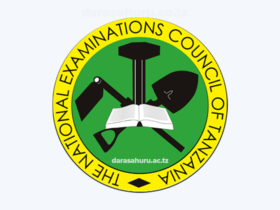
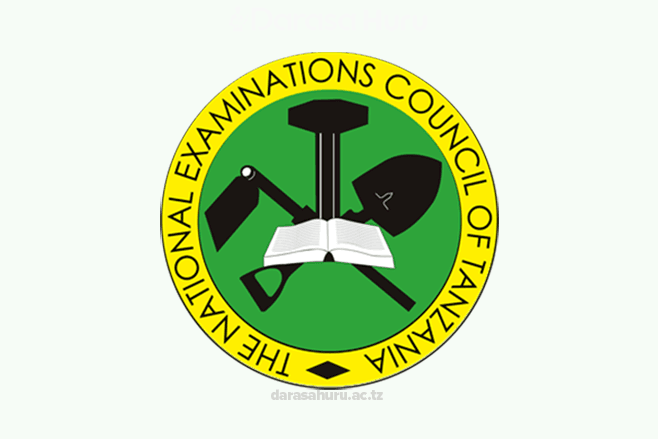

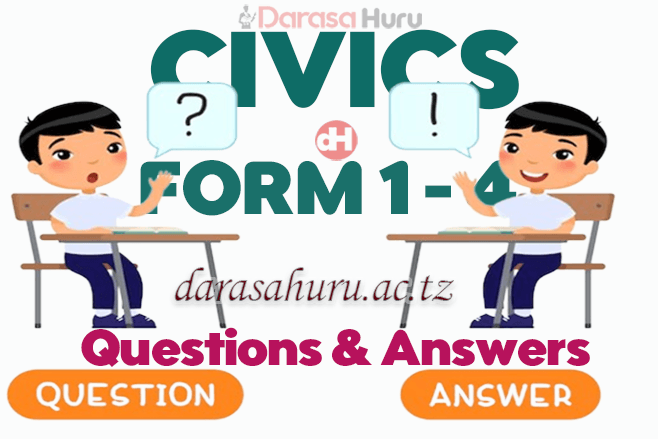



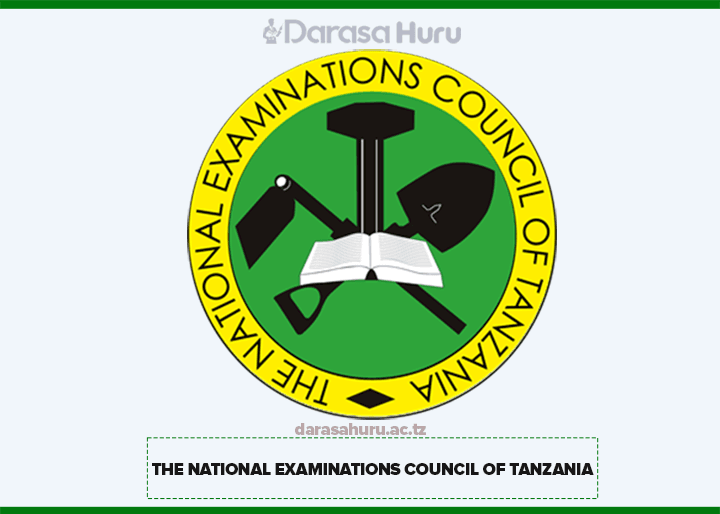

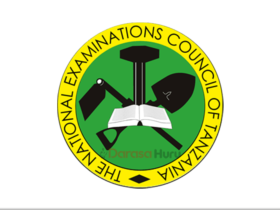




















Leave a Reply